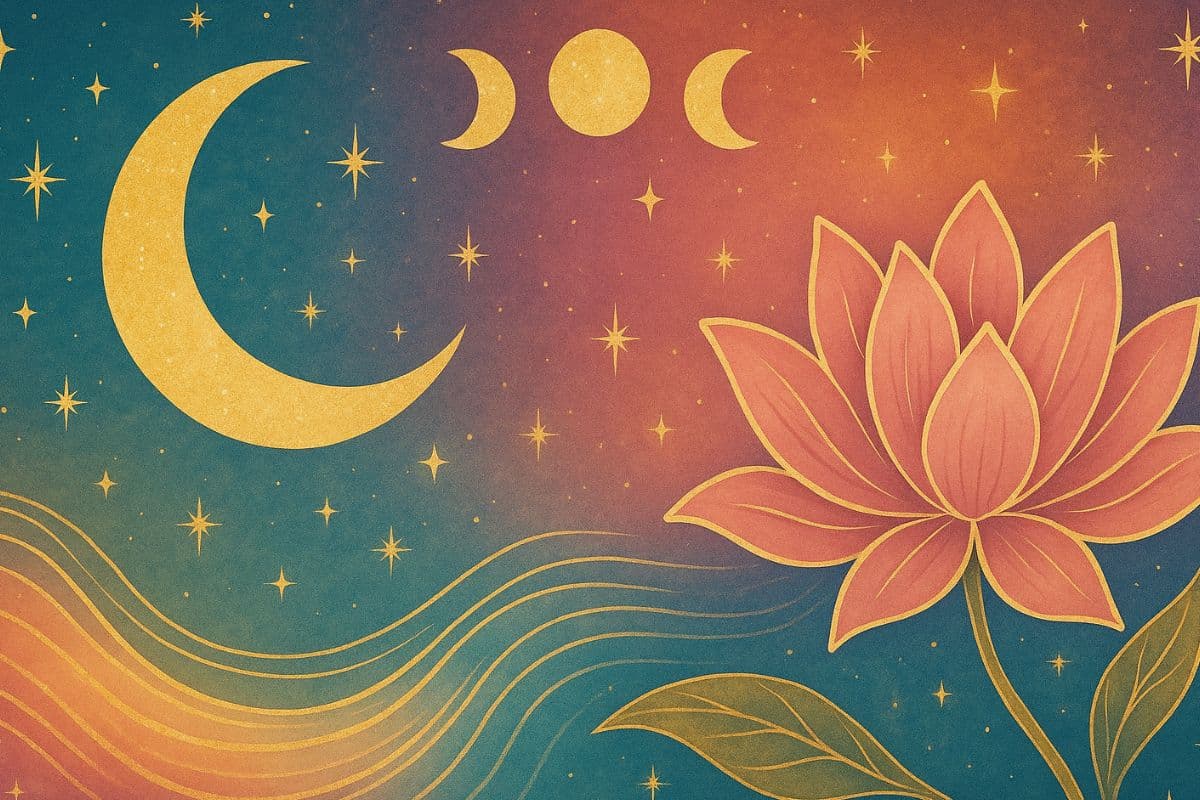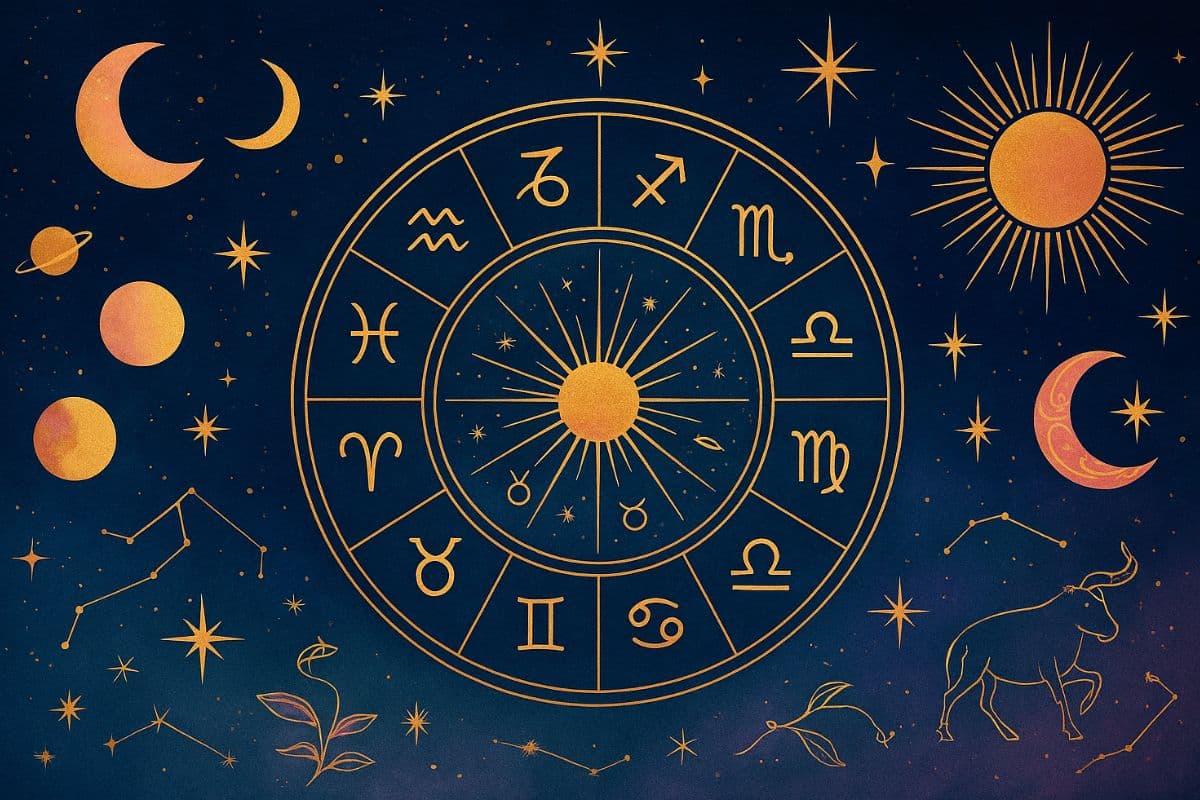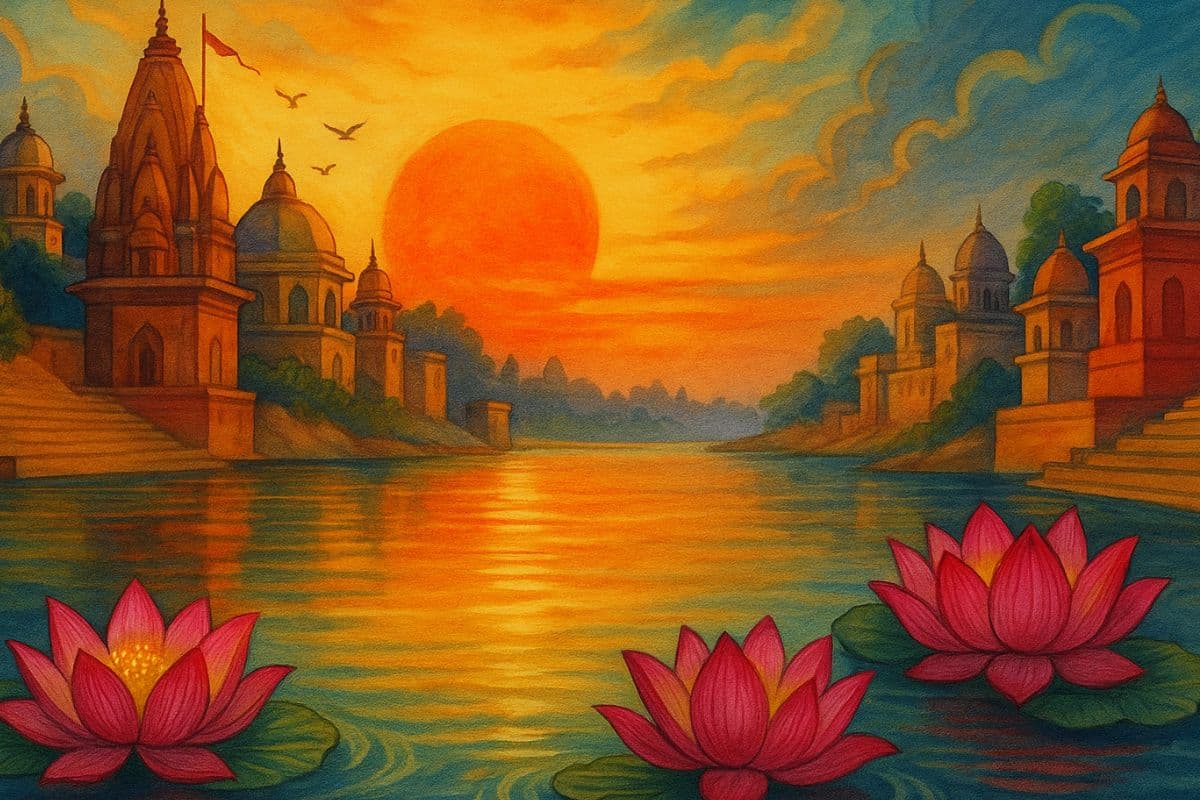Sayan vs Nirayan: What even is the difference?

The reason Sayan and Nirayan differ boils down to a scientific twist: precession of the equinoxes
Picture this, after a long day of scrolling on your phone, you come across something, something astrological and your mind goes ‘why is my zodiac sign different in Vedic vs Western?’ and that phrase ends up in your Google search, and you still don’t find a clear answer. If yes, don’t worry you are not alone. Enter the great cosmic showdown (a polite tea party, really) between Sayan and Nirayan systems of astrology or in simple words Western and Vedic astrology. But before we start let’s just be clear: this is not a who rocked the outfit better situation. It is more like, ‘same sky but different lenses’ situation. So, let’s get into it and break down the concepts of Western and Vedic astrology.
What Is Sayan (Western Astrology)?
Think of the time when you were leafing through a glossy magazine or just watching some astrological TikToks and the results you see in there are typically based on Sayan astrology. It is the system most Western astrologers use, based on the tropical zodiac. That’s a fancy way of saying it aligns with the Earth’s seasons and the vernal equinox (when day and night are equal, i.e. around March 21). In Sayan astrology, Aries season always starts around March 21, and it doesn’t matter what the actual stars are doing. It’s all about the sun’s position relative to earth, it moves with the seasons, without adjusting for the wobble in earth’s axis (confusing right? Don’t worry as you keep reading, you’ll get a clearer idea). Sayan astrology is super psychological too. It often leans into personality, inner world and emotional patterns, kind of like therapy with planets.
What Is Nirayan (Vedic Astrology)?
On the other hand, Nirayan, the backbone of Vedic astrology (also called Jyotish Shastra), is a sidereal system. It simply means it tracks the actual position of the constellations in the sky and even accounts for the fact that earth wobbles a bit as it spins (this wobble is called precession, to be little sciencey). It means that your sun sign might be different than you thought (surprise!). So, it’s fully possible that you might be a Pisces instead of an Aries. As this system uses fixed stars, not seasonal shifts, it is more predictive and karmic (think life path, dharma, and cosmic timing).
To simplify, where Western astrology asks ‘Who am I really?’, Vedic astrology is more like ‘What am I here to do, and when should I do it?’
The Precession Problem: Why the Signs Don’t Line Up
The reason Sayan and Nirayan differ boils down to a scientific twist: precession of the equinoxes. The earth’s axis doesn’t spin in a perfect circle, it wobbles, like a slow-motion spinning Beyblade, and it takes roughly 26,000 years to complete a cycle. As a result, the stars appear to move backward over time (in fact, they’re not actually moving, we are). This means the tropical zodiac used in Western astrology slowly drifts away from the sidereal zodiac which is used in Vedic astrology. Right now, there’s about a 23-24 degree difference between the two systems. So yeah, your Vedic sun sign might just be the sign before your Western one. Now, that’s a cosmic plot twist.
Which One’s “Right”?
To be honest, posing this question is like asking if you should use a map or a compass. Sayan and Nirayan are both useful, they just serve different purposes. Sayan shines when you are looking inward (personality traits, inner healing, archetypes, personal growth), whole when you’re looking for clarity on karma, spiritual lessons, and big life events, it’s Niryan’s time in the spotlight. It is less Coke vs Pepsi, and more like Ayurveda vs psychotherapy. Different origins, different vibes, equally powerful.
Why It’s Cool to Know Both
Understanding both systems means that you are basically fluent in two cosmic dialects (like knowing English and French, while in Frace, pretty cool right). You will get more out of your birth chart, deepen your spiritual practice, and appreciate just how multifaceted astrology really is, if you have knowledge about both. Just as a simple exercise try this: Look up both your Vedic birth chart and your Western chart and try to notice where they overlap, and where they disagree with each other. You might find that your Western chart screams ‘I’m a boss babe Leo Sun!’ while your Vedic chart calmly says, ‘You’re actually a nurturing Cancer soul dude.’ Pretty fascinating, right?
It’s All Written in the Stars—Just Differently
It all comes down to this, the final showdown. At the end of the day, both Sayan and Nirayan astrology are just trying to help you understand life’s great mysteries. Helping you to figure out who you are, why you are here on this beautiful planet, and what the hell is going on with Mercury again (wink). Whether you follow tropical astrology for your weekly vibes or turn to Vedic astrology for serious karmic decoding, both paths lead to insight. And that is the real magic. So no, the bottom line is that you are not cheating on your chart by exploring both. You are just learning to read the universe in two little different languages.




